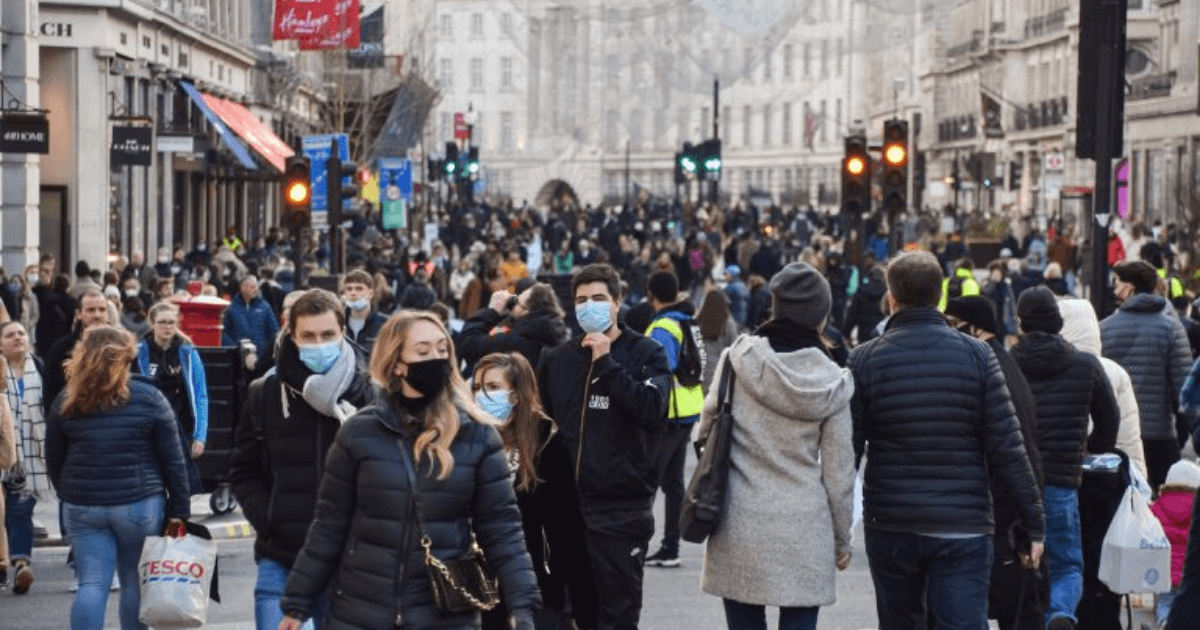A new interactive graphic has recently been developed by researchers in the United Kingdom that will help people to decide how to protect themselves and others in everyday situations from coronavirus. This graphic will illustrate the risks of catching covid-19 in different scenarios and what measures or actions need to be taken to reduce those risks based on the available evidence. Estimates from 26 international experts from multiple disciplines and countries have been collected and combined to carry out this research. Data is collected on the importance of different coronavirus transmission routes like small and large airborne droplets, contact with contaminated surfaces during activities like coughing, exercising, talking and eating either outdoors or indoors. Estimates on the importance of different protective measures like the use of face masks in reducing the transmission of coronavirus are collected. The analysis of these collected estimates highlighted that airborne transmission routes were most important in all situations, face coverings especially when worn by an infected person as a form of source control were the most important mitigation measures to be adopted.
Very importantly, all routes were considered to play a part in transmission and simple measures like thorough hand washing, respiratory hygiene and physical distancing made a useful contribution. Gaps in evidence and differences in opinion amongst the experts have been found around different variables including the effects of different kinds of masks on inhaled aerosols, the role of aerosol transmission and the effects of face coverings on transfer from hands to nose, mouth and eyes. The tool is interactive so that you can explore the scenarios which are most relevant to you. This tool makes it very clear that all the routes of transmission matter but in different proportions in different contexts. Simple to say that though airborne transmission is the main one in most situations but that does not mean that we ignore the others. The study is published in The BMJ and aims to prove helpful to those faced with challenges of communicating complex, uncertain and imprecise evidence in the future. It is imperative to say that coronavirus is an ongoing pandemic and it is difficult to control its spread by just sticking to a single precautionary measure. Thus all routes of transmission need to be taken care of and a multi pronged approach to contain its transmission is the need of the hour. So choose your scenarios wisely and where you want to be.
Source: https://www.healtheuropa.eu/new-tool-helps-people-decide-how-to-protect-themselves-from-coronavirus/112046/

